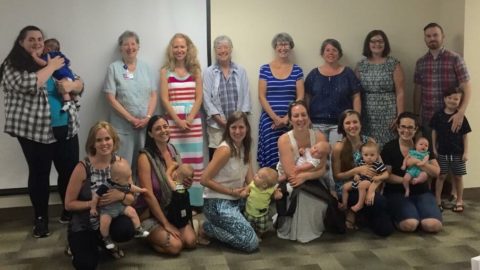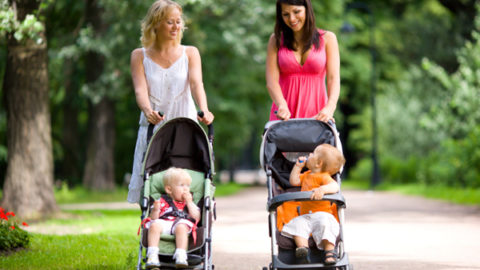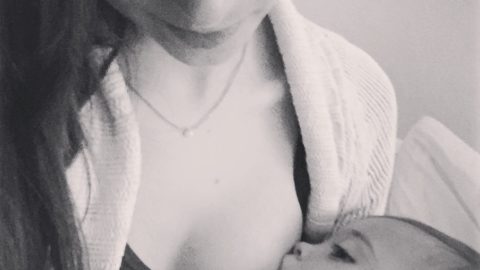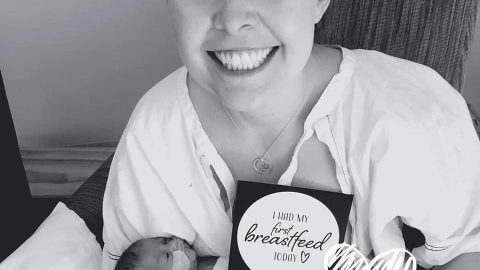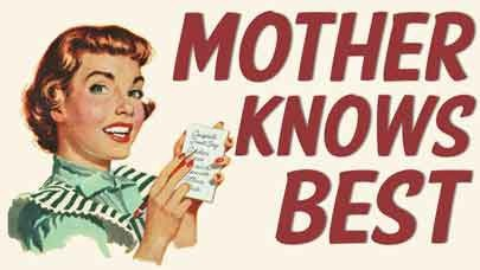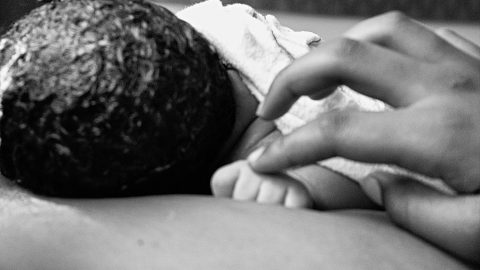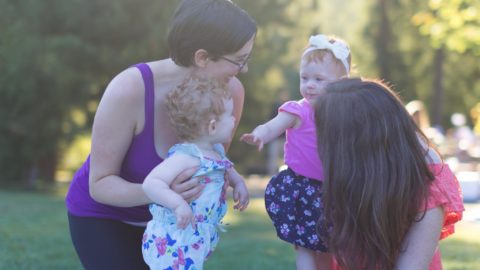The practice of a woman eating her own placenta is hard to fathom in a culture that relies heavily on sterilized, medical birth procedures. It is not something an obstetritian typically discusses at prenatal appointments. During birth, hospitals regard placentas as medical waste. So, who is eating their placentas and for what purpose?
She might be your coworker, relative, neighbor, or cashier. While neither spoken of nor receiving as much attention as other birth practices, ingesting the placenta is on the rise. Everyday women who are enmeshed in everyday societal functions are subscribing to this form of self-care.
Whether raw in a smoothie to mask the taste, dehydrated and encapsulated into pills, or frozen and saved for later in menopause, women who eat their placentas choose from a variety of methods to reap benefits that are wildly unresearched by scientists. The age old tradition of personal reccommendation and anecdotal evidence is how the practice is promoted. On closed facebook groups, in small prenatal classes at birth centers, and simple word of mouth is how women are finding out about the notion of natural healing through the placenta.
While the scientific literature backing up the benefits of consuming placenta are scarce, women who have done this can firmy attest to it. Ensuring milk supply, hormonal balance to overcome PPD, endurance after birth, and speedy recovery are just a few benefits women experience.
Nowadays encapsulated placenta is commonly consumed by mothers

Nurse Manager Megan King of Lifecycle Woman Care tipped me off to this strange yet appealing practice. She calmly told her own personal story during a break in the birthing class she was teaching. Her story was heartwrenching as she described how it felt during her first newborn experience with PPD versus that of her second child in which she ate her placenta out of desperation to avoid that feeling again.
“Night and day” was the exact way she put it. My fiancè leaned over and whispered “you should totally do that” as he recalled the midwives identified me as being at risk for depression and anxiety post partum. Later that day I got on the internet to begin my quest for more information. I stumbled upon a local mother who runs a small service out of her home. Heather admitted the process was simple and I could do it for free, but it is not something most women want to busy themselves with on their first day home with baby.
Three days after birth, my placenta pills arrived and I followed the approach recommended by my encapsulating service. My story adds to the library of unresearched testaments of profound benefits. My milk spewed from my breasts, I found myself scrubbing the bathroom floor while my newborn napped, and while I experienced a degree of maternal anxiety I can confidently say PPD did not take over my new mom experience!
If you are worried about developing post partum depression or anxiety, milk supply, or simply want power over your own birth experience through ingesting your placenta, here are a few pointers:
- Find a local service online through a google search during pregnancy.
- Write it in your birth plan, inform your birth partner, and verbally inform your birthing staff before delivery.
- Understand that lack of research is why many of these claims are unsupported and women continue to rely on other experienced women to pass down this information.
- Nothing is guaranteed and not all women will have the same outcome.
- Bring a cooler and ice to your birth to preserve the placenta until you are ready to prepare or transport it.
- Consider the health of the placenta and your personal health during pregnancy.
Only you can decide if ingesting the nutrient dense placenta is right for you. Drop a comment below if you have or are considering using your placenta instead of labeling it medical waste!
Don’t leave without checking out my previous post: “Nursing Blind”
Don’t forget to join us in our social media accounts to be up to date with the progress of our project!
And… Don’t forget to share your brelfies using our HT #BreastfeedingWorld
–
I am excited to share my experience and knowledge with you! I’m a certified elementary school teacher turned stay at home mom. My former specialty was in direct support to children with intellectual and developmental disorders as well as being a lead teacher in preschool. I have a passion for lactivism and am in the process of becoming a La Leche League Leader. My son and I follow natural term breastfeeding/baby-led weaning, plant-based living, bedsharing, and babywearing while my fiancè and I consider ourselves to be attachment and peaceful parents. Find her on Instagram: @peace_love_fam





